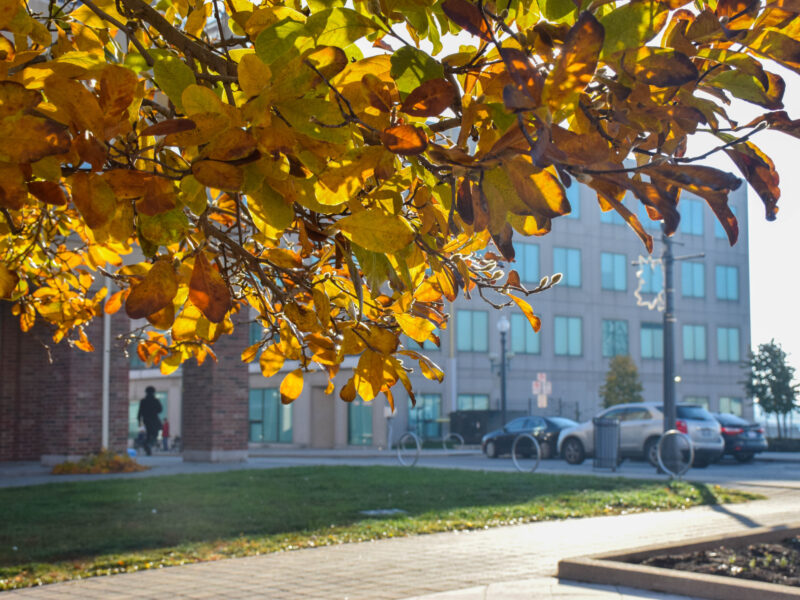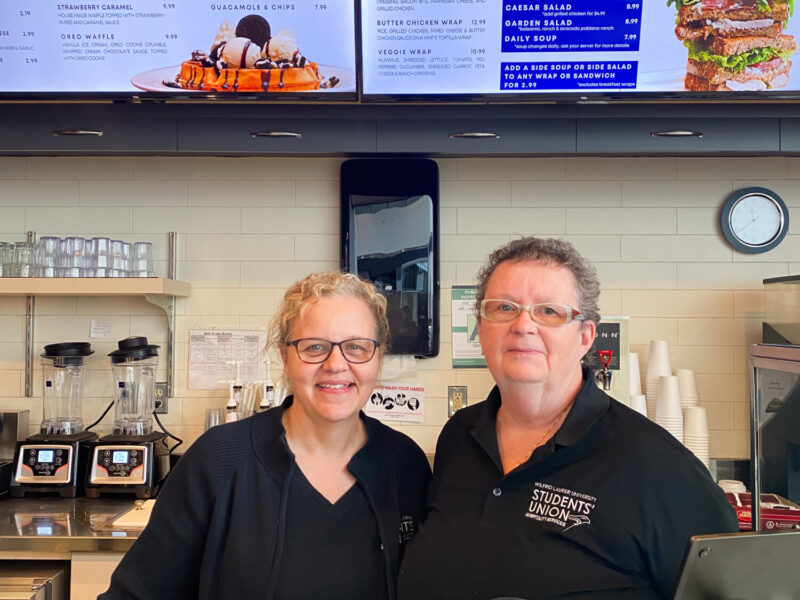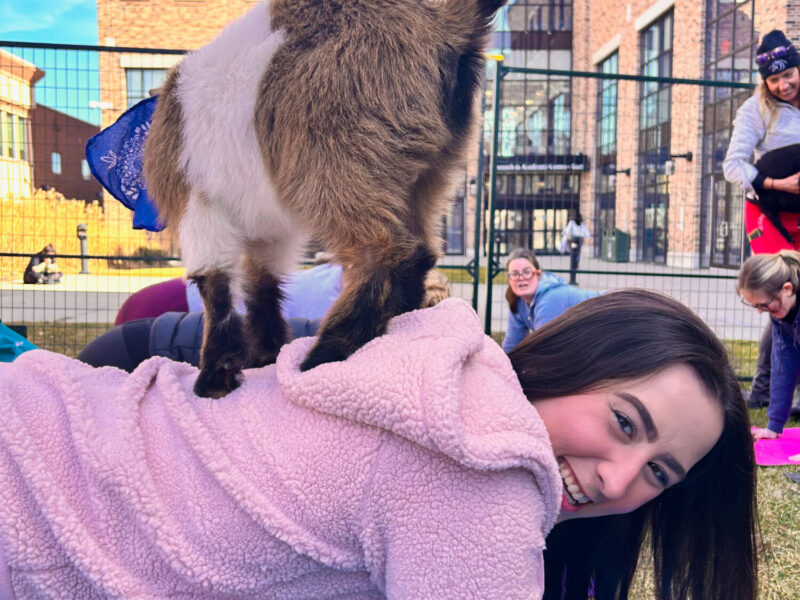– Oren Weiner, staff
As part of a long line of land claims and protest to claimed encroachment on aboriginal lands, a group of Six Nations members protested a recent land development on Friday, March 16. The land is currently being developed by First Gulf, a property development corporation based out of Toronto.
According to Brant News, Six Nations members Floyd and Ruby Montour, Wes Elliot and a fourth unnamed person arrived at the property under construction to challenge First Gulf’s intentions. The four who protested at the site are members of an unofficial grassroots community organization with the purpose of conserving aboriginal identity and territory.This specific property is located northeast of the heart of Brantford’s downtown, on the intersection of Henry Street and Wayne Gretzky Parkway.
Brantford Mayor, Chris Friel, asserted that the protests have come to an end for the time being, and construction resumed Monday, March 19. “Protests were done, and as far as I know construction resumed on Monday,” Friel stated. “We’ve had conversations with the confederacy council regarding these issues. The protests should be done, but there is no certainty on whether they will continue or not.”
First Gulf declined to comment on the matter.
This act of protest is part of a long-standing issue between the Six Nations and Brantford communities. The land claim issues and objections to expansion are part of 28 separate claims under the Six Nations. Darren Thomas, a member of the Six Nations and a Laurier staff member, explained that the situation requires an exchange of dialogue between the two parties. Friel similarly remarked, “We need to maintain a strong dialogue between the two communities.”
In comparison to past years, Friel stated that “the drive to protest is not what it used to be.” He added, “This used to be more of an issue around the time of the Caledonia incidents.” Brantford city council continues to be in communication with the Six Nations band council, seeking opportunities to strengthen ties.
This specific incident holds a broader scope involving the relationship between the aboriginal and non-aboriginal communities of Canada. Thomas remarked that the problem between the two communities in Brant expands far beyond this issue. He inferred that there is an outstanding social issue at hand, largely revolving around misconceptions about aboriginals. “The problem is that Canadians don’t understand the context of the problem, and have all these stereotypes about us” Thomas asserted. “Canadians need to be educated on how their government is really handling this situation.”
As for now, construction will continue on the property. Any further aboriginal response remains to be seen.



